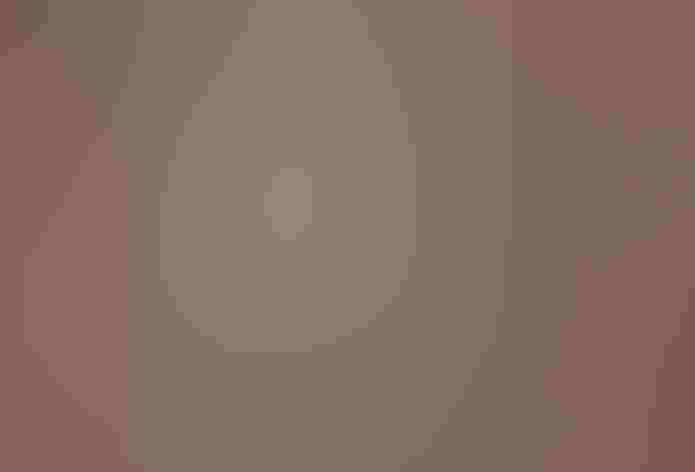Black-capped Chickadee
At a Glance
Little flocks of Black-capped Chickadees enliven the winter woods with their active behavior and their cheery-sounding chick-a-dee callnotes as they fly from tree to tree, often accompanied by an assortment of nuthatches, creepers, kinglets, and other birds. This is a very popular bird across the northern United States and southern Canada, always welcomed at bird feeders, where it may take sunflower seeds one at time and fly away to stuff them into bark crevices.
All bird guide text and rangemaps adapted from Lives of North American Birds by Kenn Kaufman© 1996, used by permission of Houghton Mifflin Harcourt Publishing Company. All rights reserved.
Category
Chickadees and Titmice, Perching Birds
IUCN Status
Least Concern
Habitat
Forests and Woodlands, Freshwater Wetlands, High Mountains, Shrublands, Savannas, and Thickets, Tundra and Boreal Habitats, Urban and Suburban Habitats
Region
Alaska and The North, California, Eastern Canada, Great Lakes, Mid Atlantic, New England, Northwest, Plains, Rocky Mountains, Southeast, Southwest, Western Canada
Behavior
Flitter, Rapid Wingbeats, Undulating
Population
43.000.000
Range & Identification
Migration & Range Maps
Mostly a permanent resident, but occasionally stages "invasions" in fall, with large numbers seen flying southward (mostly in northeastern states and southeastern Canada). These invasions usually do not penetrate much beyond southern limit of breeding range.
Description
4 3/4-5 3/4" (12-15 cm). Small and lively, with black cap and bib, gray back, buff wash on sides. Almost identical to Carolina Chickadee, best identified by range; also see other chickadees. Male House Sparrow is sometimes misidentified as a chickadee.
Size
About the size of a Sparrow
Color
Black, Gray, Tan, White
Wing Shape
Rounded
Tail Shape
Notched, Rounded, Square-tipped
Songs and Calls
A buzzy chick-a-dee-dee-dee or a clear, whistled fee-bee, the second note lower and often doubled.
In overlap zone with Carolina Chickadee song may not be helpful for identification as each species can learn the wrong song.
Call Pattern
Falling
Call Type
Buzz, Chirp/Chip, Trill, Whistle
Habitat
Mixed and deciduous woods; willow thickets, groves, shade trees. Most common in open woods and forest edge, especially where birches or alders grow; avoids purely coniferous forest. Where it overlaps with other chickadee species in the north and west, Black-capped is mostly restricted to deciduous groves. Will live in suburbs as long as nest sites are available.
Sign up for Audubon's newsletter to learn more about birds like the Black-capped Chickadee
Behavior
Eggs
Usually 6-8, sometimes more or fewer. White, with fine dots of reddish brown often concentrated around larger end. Incubation is by female only, 12-13 days. Female covers eggs with nest material when leaving nest. Male often brings food to female during incubation.
Young
Female remains with young most of time at first, while male brings food; later, both parents bring food. Young leave nest at about 16 days. Normally 1 brood per year.
Feeding Behavior
Forages mostly by hopping among twigs and branches and gleaning food from surface, often hanging upside down to reach underside of branches. Sometimes takes food while hovering, and may fly out to catch insects in mid-air. Readily comes to bird feeders for seeds or suet. Often stores food, recovering it later.
Diet
Mostly insects, seeds, and berries. Diet varies with season; vegetable matter (seeds and fruits) may be no more than 10% of diet in summer, up to 50% in winter. Summer diet is mostly caterpillars and other insects, also some spiders, snails, and other invertebrates; also eats berries. In winter, feeds on insects (especially their eggs and pupae), seeds, berries, small fruits. Will eat fat of dead animals.
Nesting
Pairs typically form in fall and remain together as part of winter flock. Flocks break up in late winter, and both members of pair help defend nesting territory. Male often feeds female, beginning very early in spring. Nest site is in hole in tree, typically enlargement of small natural cavity in rotten wood, sometimes old woodpecker hole or nesting box; usually 5-20' above the ground. In natural cavity, both sexes help excavate or enlarge the interior. Nest (built by female) has foundation of moss or other matter, lining of softer material such as animal hair.
Conservation
Conservation Status
Widespread and common, and numbers apparently stable, possibly increasing in some areas.
Climate Threats Facing the Black-capped Chickadee
Choose a temperature scenario below to see which threats will affect this species as warming increases. The same climate change-driven threats that put birds at risk will affect other wildlife and people, too.











